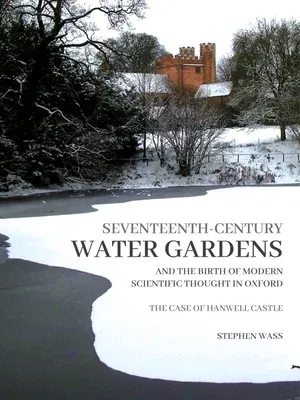Based on a decade of archaeological investigation and historical
research, this book tells the story of the Copes of Hanwell Castle in
north Oxfordshire and the creation of a garden with links to the
development of scientific thinking in Oxford in the late seventeenth
century. New research using Robert Plot's Natural History of Oxfordshire
as a starting point has uncovered details of a remarkable family and
their rise and tragic downfall, their social circle, that included some
great names in the development of early scientific thinking, and their
garden that in effect became a place dedicated to the wonders of
technology.
The complex tale weaves together the activities of a royalist agent,
Richard Allestree, a prodigious musician, Thomas Baltzar, John Claridge,
a Hanwell Shepherd with a penchant for weather forecasting, and Sir
Anthony Cope who in an atmosphere of secrecy and distrust began to
gather together a community that eventually was named by Plot as The New
Atlantis, a reference to a book published earlier in the century by Sir
Francis Bacon in which he suggests a model for a Utopian science-focused
society.
The book also chronicles the program of archaeological excavation that
has uncovered several unusual garden features and, most significantly of
all, describes in detail the unique collection of seventeenth-century
terracotta garden urns, an assemblage that is unparalleled in
post-medieval archaeology. This collection was destroyed in a single
episode of vandalism around 1675 and has been preserved in deeply buried
deposits of mud and silt. Their analysis and reconstruction is opening
new insights into the decorative schemes of seventeenth-century gardens.
There is coverage of other gardens of the period and their surviving
features as well as an examination of early science and how gardens
impacted on its development in many ways.

